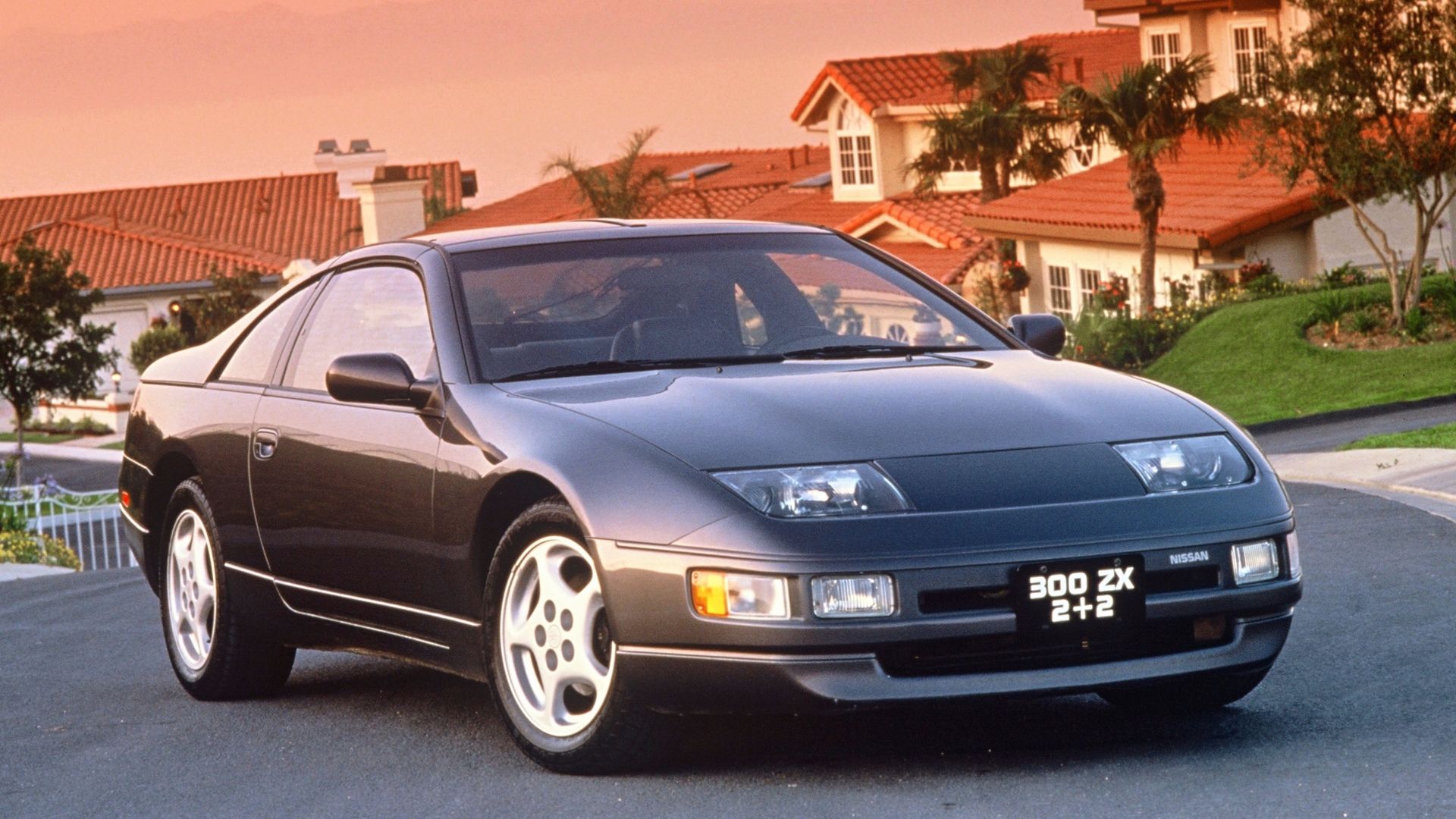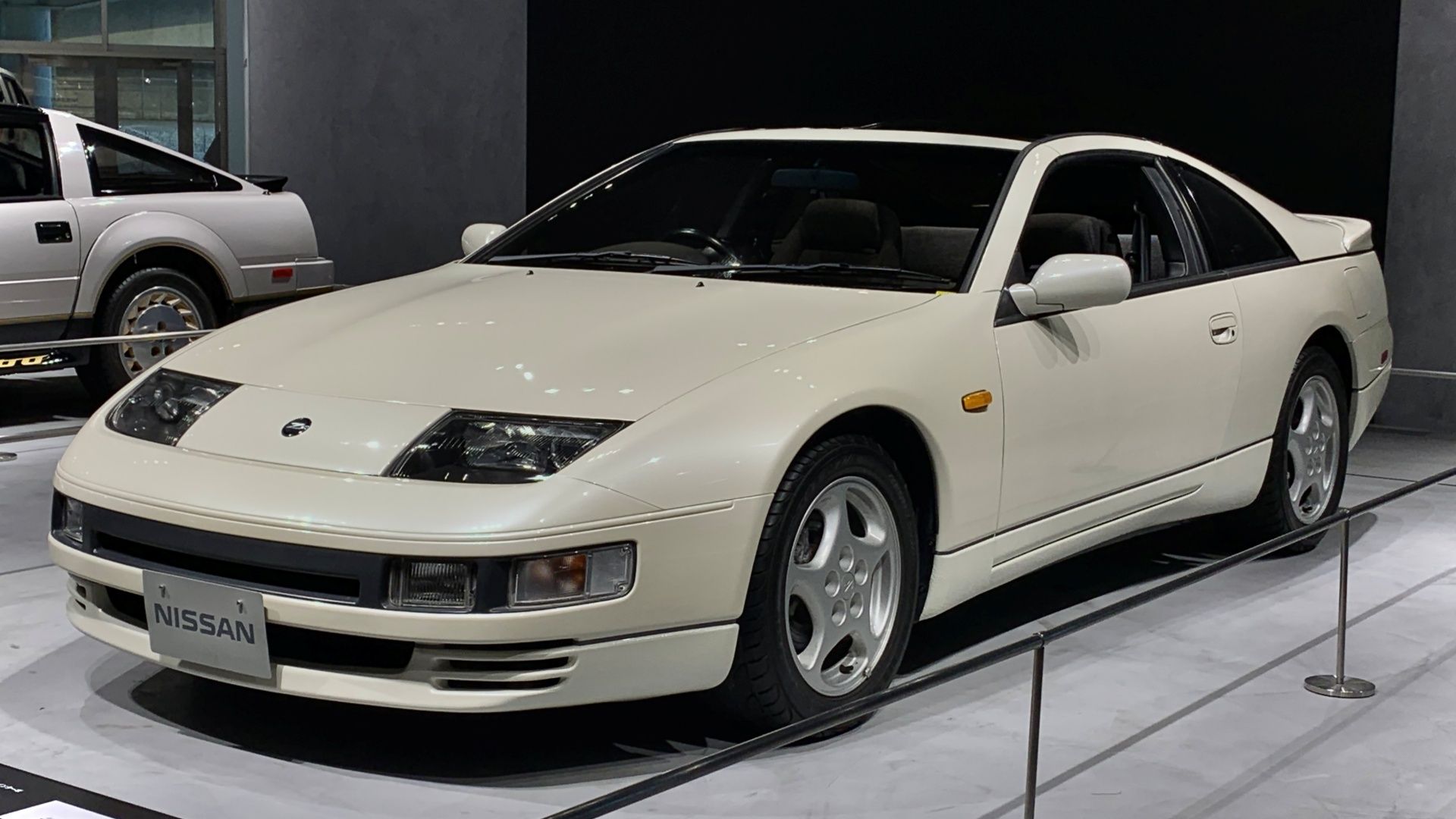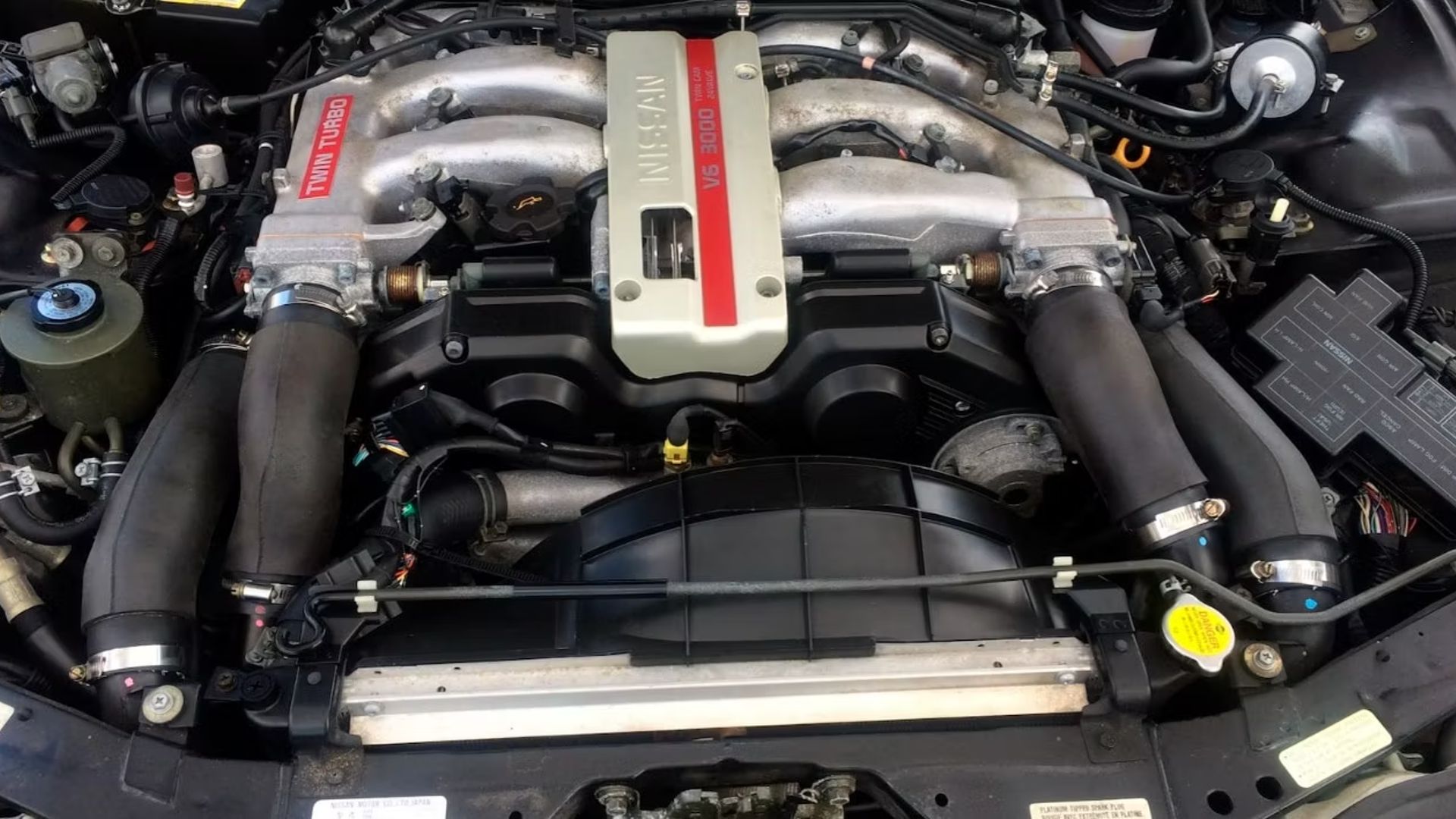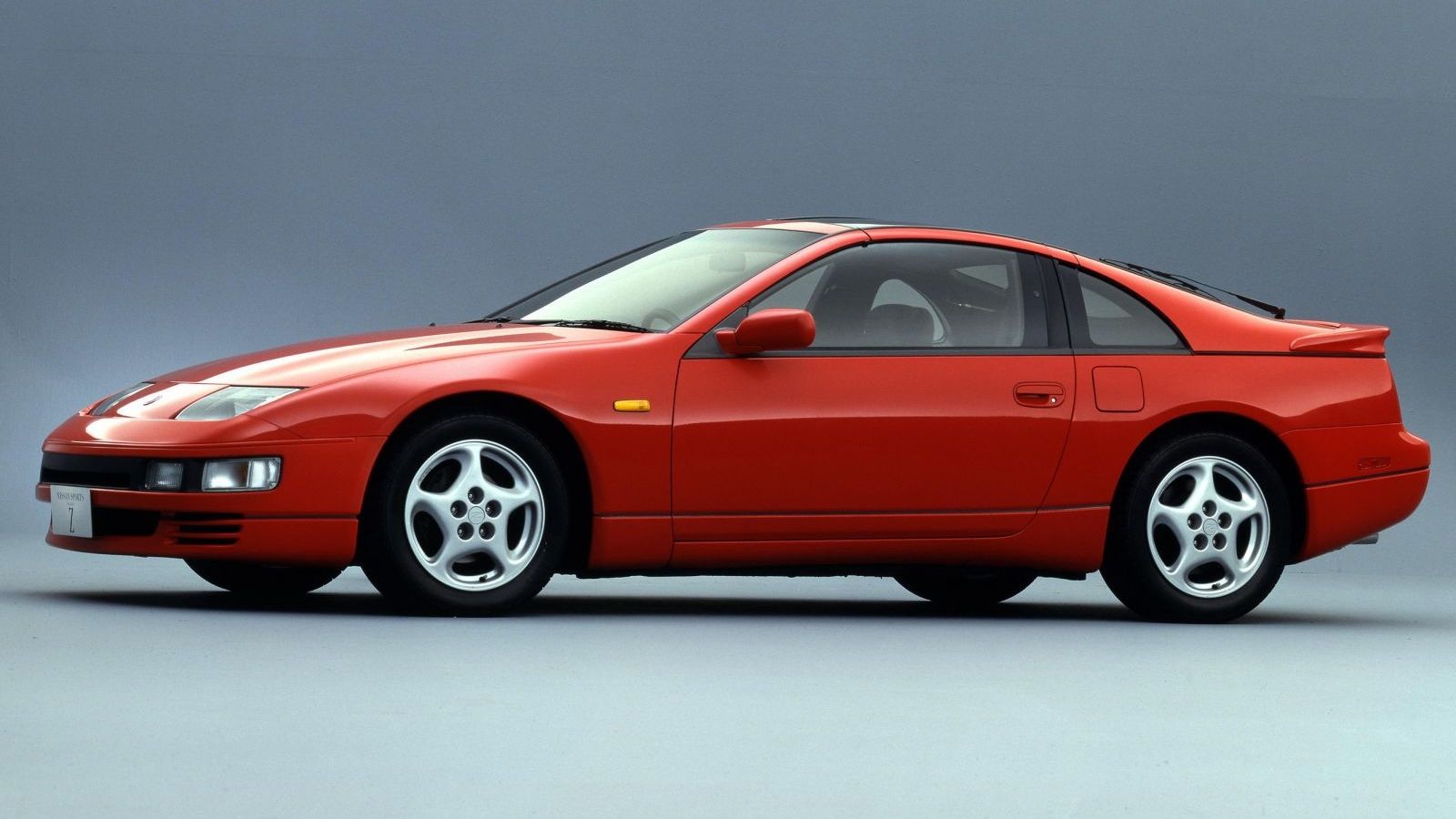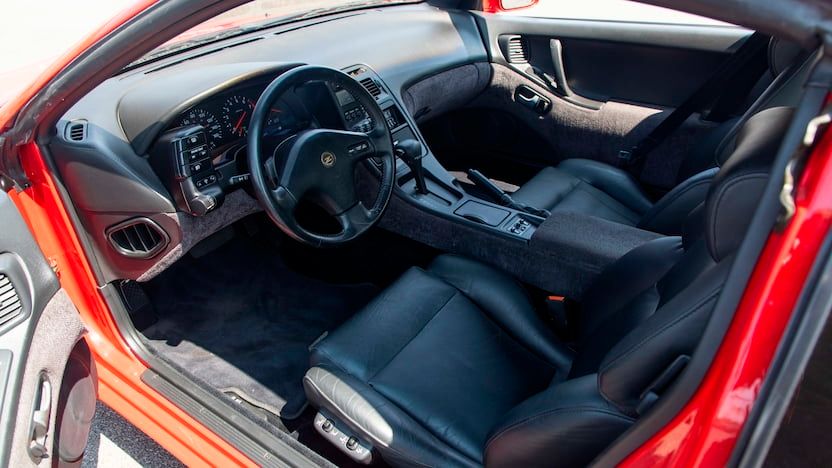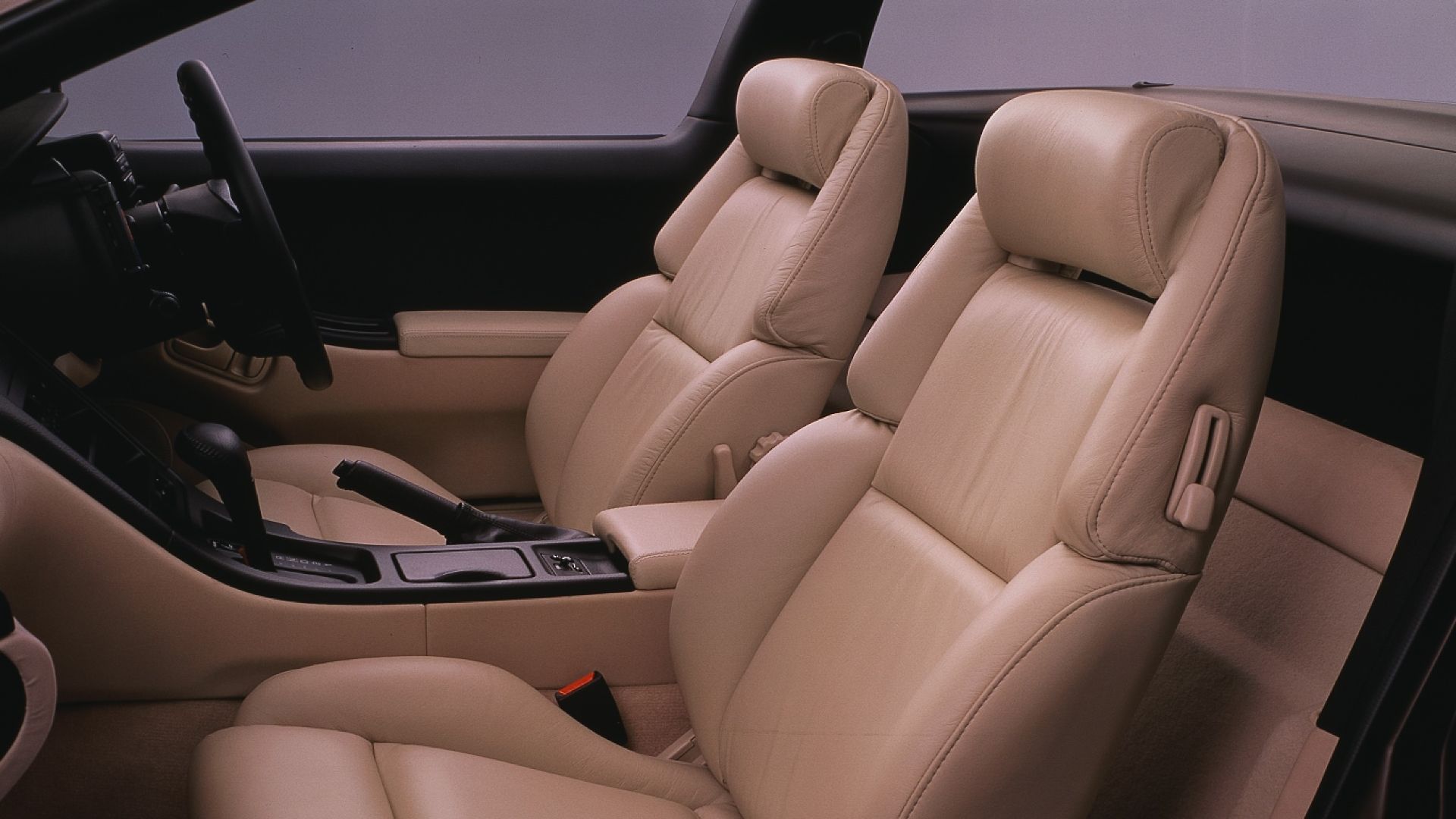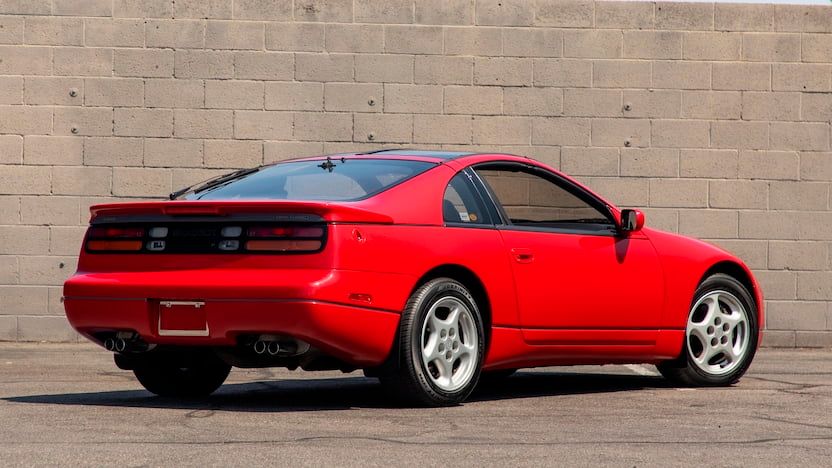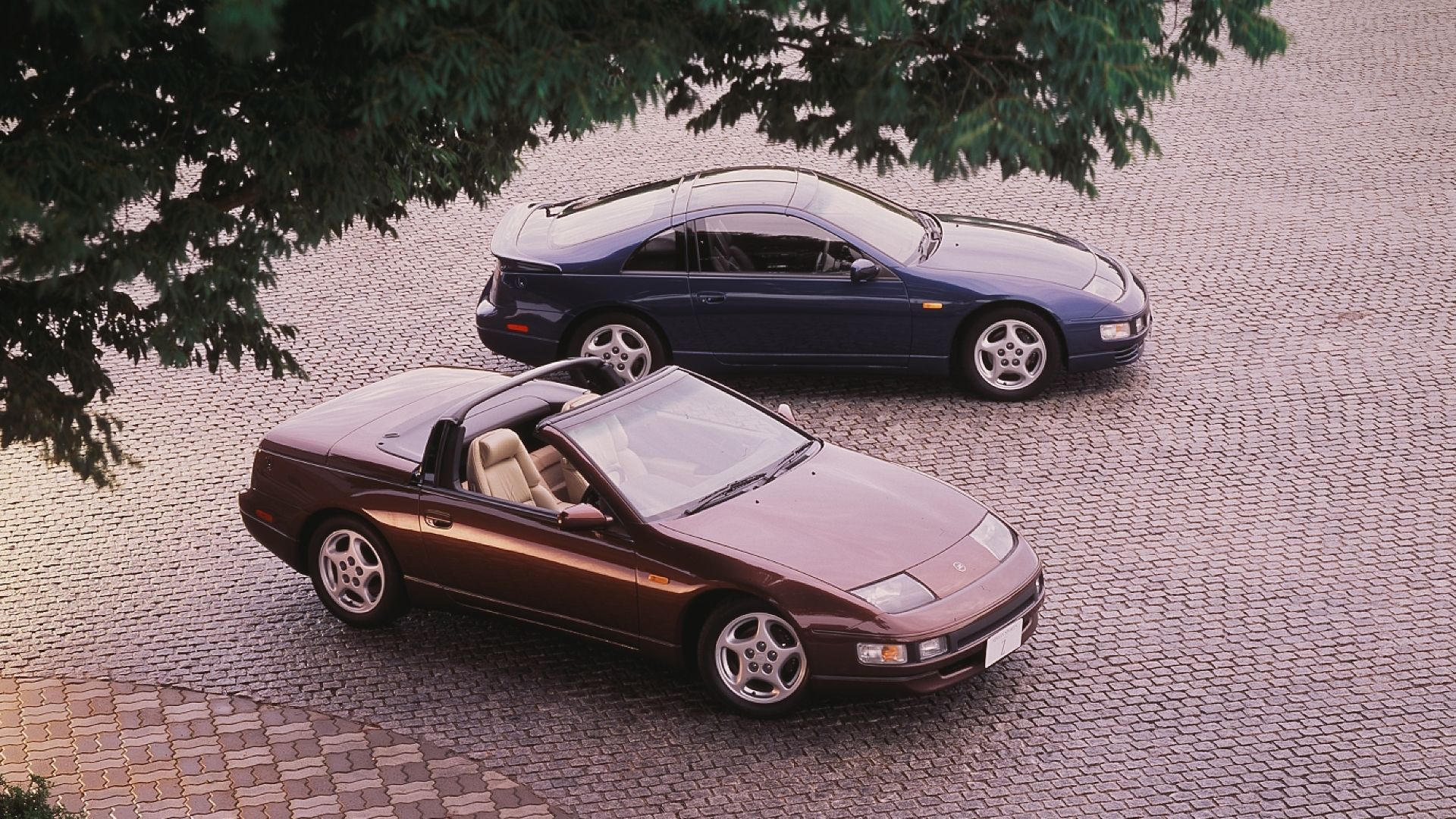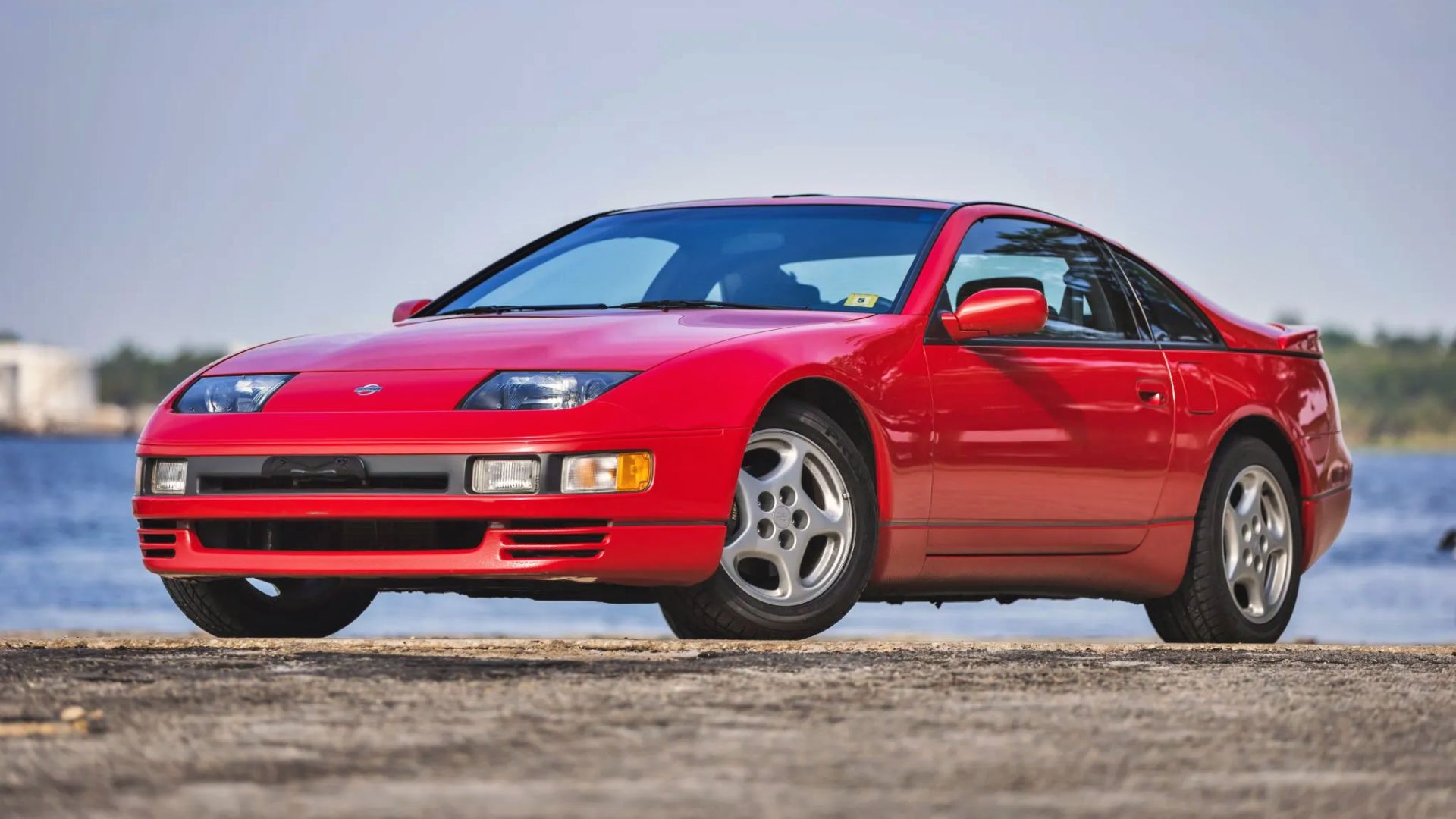The Nissan 300ZX twin turbo was an integral factor in the rise of the known and loved Z car. Two generations, the Z31 and Z32 were featured after the popular 240Z and 280ZX but stepped it up quite a bit in terms of performance and handling. Whether you prefer the looks of the older 240Z and 280ZX or the more modern design featured on the 300ZX, it is hard to deny its incredible performance that truly set it apart back in the ’90s.
Back when this car was being sold (1990-1996 in the US), it was known as one of the most advanced cars on the market at the time. There were many factors that allowed the 300ZX twin turbo to make a name for itself among other competitors such as the MK3 Toyota Supra, the Mitsubishi 3000GT, or the Ford Mustang. To this day, the Nissan 300ZX Twin Turbo is still a worthy sports car with the potential to become an absolute monster with the proper upgrades.
Pricing was taken from Kelley Blue Book, while information was referenced from sites like MotorTrend and Car & Driver.
10 Adjustable Suspension And Four Way Steering Named “Super HICAS”
The suspension was very modern for its time, with a two-mode adjustable suspension using unequal-length control arms for the front and a multi-link setup for the rear. It works by stiffening the adjustable dampers under heavy acceleration to help reduce squatting. This setup was similar to another popular sports car of the time, the Nissan 240SX.
The Nissan 300ZX twin turbo also featured the Super HICAS system or the Super High Capacity Actively Controlled Steering system. This system, also seen on the R31 Skyline, worked by sensing the driver’s steering wheel inputs and calculating the proper amount of steering angle to provide to the rear wheels in a tight corner.
9 MotorTrend’s 1990 Import Car Of The Year
In the tuner era of the Z32 Nissan 300ZX twin-turbo, there were many import cars being sold on the US market that offered extremely good performance. 1990 saw the Z32 version of the 300ZX come to the market, with a new design as well as a new powertrain.
Its first year ended up being such a good car that MotorTrend gave it the “Import Car of the Year” award. This didn’t come easy either – with opponents like the Mazda RX-7, Toyota Supra, Mitsubishi 3000GT, and more all looking to get their hands on the title. On top of this award, it also made Car & Driver’s “10Best” list for seven consecutive years, up until 1996 when Nissan chose to stop importing the car to America.
8 Twin-Turbocharged V-6 has impressive performance but is packed tightly
Unlike the Z31’s V-6 engine, the Z32 featured a dual overhead cam setup instead of the previous single overhead cam. Both the Z31 and Z32 had a 3.0-liter engine, however, two turbochargers were added to further increase the performance of the Z32. This car ended up making 300 horsepower and 283 pound-feet of torque, over 70 horsepower more than the Z31 300ZX Turbo.
A downside to the updated V-6 with turbos strapped to each side, is the fact that the engine is stuffed in the engine bay without very much room to spare. If you’re a person who prefers to fix or upgrade a vehicle on your own, this makes things a bit more challenging. However, if you love Nissan enough to own one of its 30-year-old sports cars, this probably won’t matter.
7 The Look Was Ahead Of Its Time – Diablo Headlights
The Z32 featured aggressive styling and a new design that wouldn’t have been possible without the help of a designer named Toshio Yamashita. He started working with Nissan in 1968, but his true time to shine didn’t come until 1984 when Nissan requested designs for the up-and-coming Z32 300ZX and Silvia/240SX be submitted.
Yamashita only ended up submitting a design for the 300ZX, but it did such a great job of embodying the previous Z cars while looking modern, that Nissan chose him to be the lead designer for the new Z32. One of his most advanced features added to the 300ZX was the headlights – they featured large clear covers to pay respect to the original 240Z and sat at a 60-degree angle to maintain the aerodynamic shape of the car. This design worked out so well, that Lamborghini actually ended up using the same headlights on its Diablo supercar.
6 Well-Designed Cockpit With Easy To Reach Controls
What’s a good sports car without an equally viable cockpit? In the past, sports cars like the Dodge Viper have had incredible potential to be all-around great cars, just to be held back by a poorly designed or low-quality interior. The Nissan 300ZX twin turbo certainly doesn’t fall into this category with an exceptional-looking interior for its time and practicality that still works to this day.
To make things easier on you during a cruise, ancillary controls are placed on easily accessible pods that surround the steering wheel and gauge cluster. The 300ZX twin turbo was only offered in America with T-tops, said to be one of the best ones tested by Car & Driver, noting that it is “tight, leak-free, and easy to remove”.
5 Twin-Turbo Version Only Offered Front Seats
The Z32 300ZX featured a 2+2 trim on the non-turbo version, however, the twin-turbo trim was not available with rear seats. This lightened up the weight a bit and allowed the Nissan 300ZX twin turbo to fully embrace its true goal – which was to provide a breathtaking driving experience, and that is exactly what it does. This car is obviously not your ordinary 300ZX, and probably has much more than the rear seats removed, but still shows how much of an impact weight can have on the acceleration and top speed of a vehicle.
4 One Of The Best Selling Sports Cars Of Its Time
When the second generation, or Z32 300ZX was released, to the surprise of many it ended up a great success. By cleaning up some of the rough edges that were consistent with the Z31 generation and adding modern tech, Nissan and its lead designer Toshio Yamashita were able to turn the 300ZX into a very successful machine.
In 1990, the first year of the Z32 generation, it reached over one million sales in the United States, making it the best-selling sports car at the time. Its success continued until 1996 when it was no longer brought to America due to the rising Yen to Dollar ratio and the increasing demand for SUVs in the market.
3 Was Quite Expensive When It Was Being Sold New
The Z32 300ZX could be had from the low $30,000s to the mid $40,000s back when it was still being produced, which translates to about $60,000-$80,000 in today’s money. This means you were definitely paying for every bit of performance, especially if we compare it to a sports car like the current Nissan twin-turbo, the 2023 Z, which starts at $40,990.
And while the Z32’s price tag certainly wasn’t a bargain, it was actually comparable to its competitors at the time like the 1992 Toyota Supra Turbo Liftback which went for $38,462, or the 1992 Mitsubishi 3000GT VR-4 Coupe which went for $34,288, just to name a few. Nowadays, a used Z32 Nissan 300ZX twin-turbo in good condition can run anywhere from $20,000 up to $40,000.
2 Carried On The Z Legacy
The original Nissan Z was the Fairlady Z, also known as the 240Z in the United States. Its creation began in 1969 for the 1970 models, and its headlights were one of the features that the Z32 drew its inspiration from. It was manufactured for 9 years, before being replaced with the second generation of the Z, the 280ZX.
After the 300ZX, came the third generation, the Z31 300ZX. This car provided a huge bump in performance and aesthetics over the 280ZX and was brought to American markets in 1983. This generation lasted up until 1989 when the Z32 came to fruition and took the market by storm. The Z32 continued to be known as one of the best sports cars up until the United States was unfortunate enough to stop seeing them imported, in 1996.
1 Plenty Of Upgradability
One of the factors shared by many of the older Nissan cars is the sheer amount of upgrades that can be done to the car. Whether it is bigger turbos, upgraded camshafts, exhaust, intake, or basically anything else, the Nissan 300ZX twin turbo has an incredible amount of potential when it comes to modifications.
Just to give you an idea of what this car is capable of – let’s use the “Devil Z” as an example. It is the fastest stock chassis 300ZX around, able to achieve sub-nine-second times on a quarter-mile drag strip. It’s able to produce 785 horsepower at 36 pounds of boost, all while utilizing the stock valvetrain and internals. It went up against some formidable opponents on the strip – a nine-second C6 Corvette and a high eight-second Chevy Nova and surprisingly came out on top in every single race.
